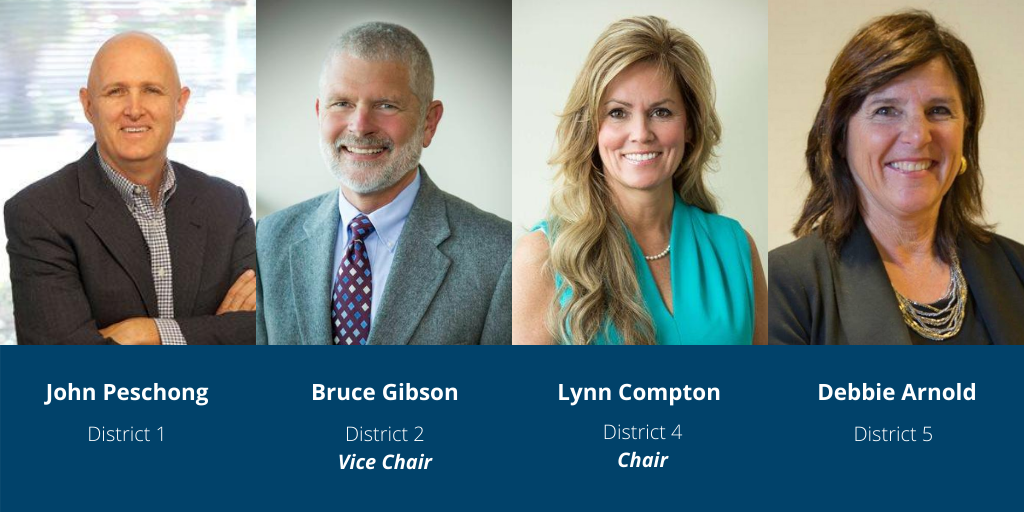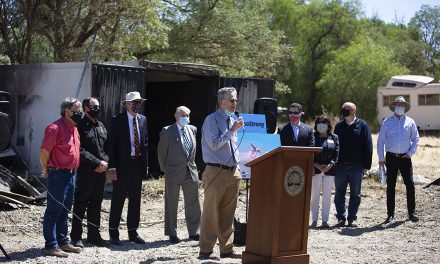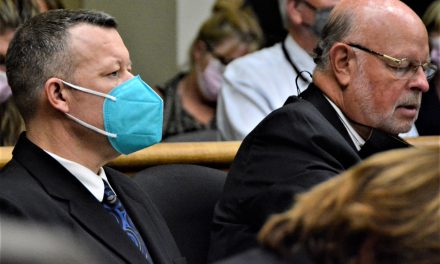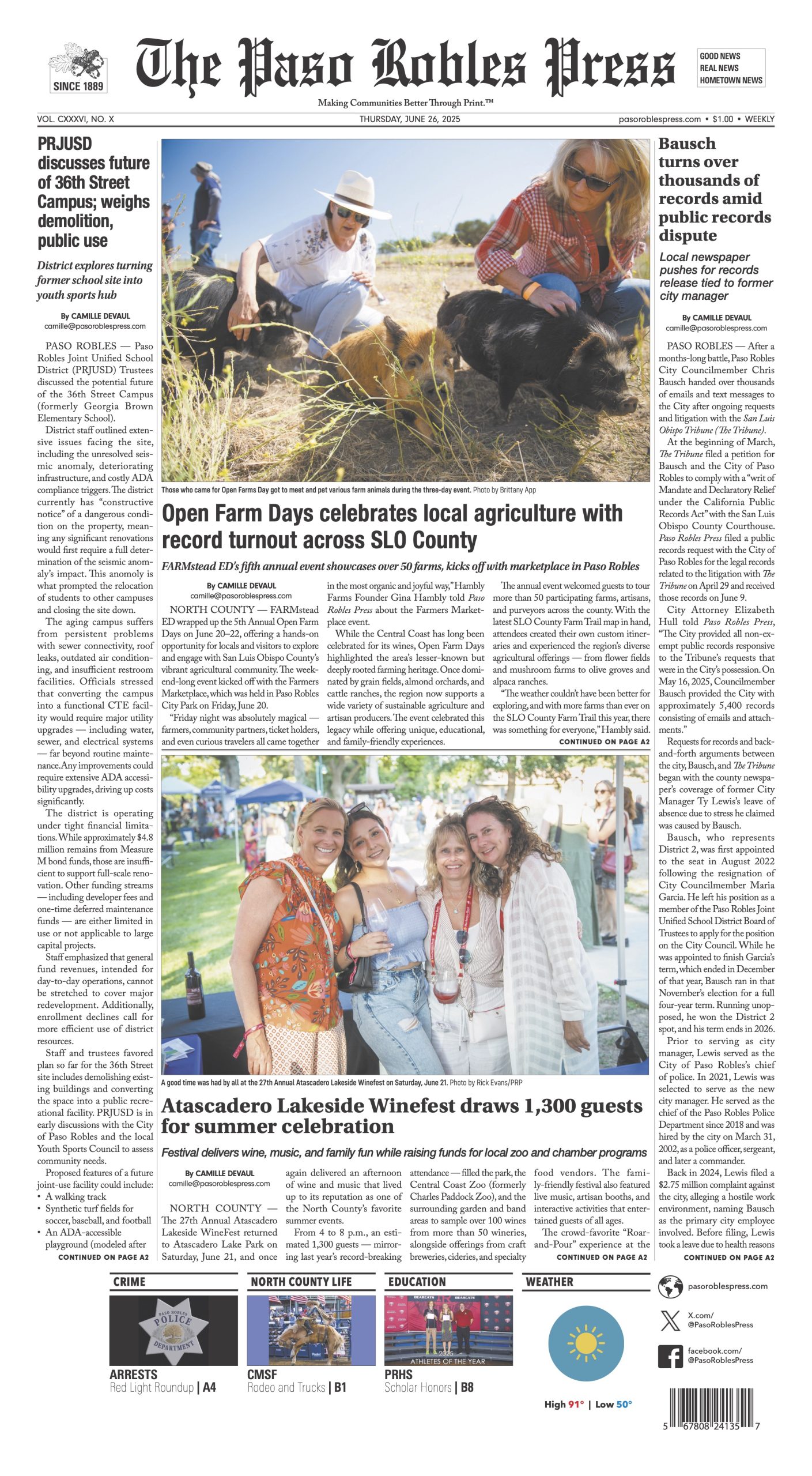Jordan Cunningham calls latest orders ‘arbitrary, irrational, and absurd’
UPDATED: Tuesday, December 8, 2020
Over the weekend, it was business as usual around San Luis Obispo County. The 2020 version of holiday shopping and dining was in full swing, with physical distancing, hand sanitizing, and mask-wearing.
On Sunday night, however, a highly restrictive state guideline went into effect, and local businesses and residents vocalized their concerns.
Some businesses went on record on social media and other outlets protesting the new orders to close. On Monday, State Assemblyman Jordan Cunningham spoke to The Paso Robles Press on his way to swear in at the state capitol for his upcoming term.
“It’s arbitrary, irrational, and absurd,” Cunningham said in reference to the latest guidance from the state.
In his press conference on Monday, Dec. 7, California Governor Gavin Newsom suggested distribution of authority to local jurisdictions, while the guidance from the California Department of Public Health suggests otherwise.
“This is a public health crisis,” Cunningham said. “We need to have science truly guiding these decisions — distancing, sanitizing and masking up helps curb the spread. So apply those standards across the board, and let people live and work.”
Law-abiding citizens expressed on background to The Paso Robles Press that they feel pitted between complying with the guidance and keeping their business alive another month.
“Let’s not forget, these aren’t really laws,” Cunningham reminded. “The newest order is actually CDPH — California Department of Public Health ‘guidance.’ It’s not exactly the same thing [as a law.]”
The latest “guidance” includes San Luis Obispo County in the Southern California regions, skewing metrics of the local county toward stricter guidance for closure, backed by the Governor’s threats to withhold funding from counties that dared defy enforcement.
“It makes no sense. The hospital situation in [Los Angeles] has no relationship to the hospital situation in San Luis Obispo County,” Cunningham said.
However, the assemblyman recognized the sharing of resources between SLO County and Santa Barbara County hospitals — an agreement he helped draft earlier this year.
Local businesses in SLO County have modified and complied with mandates throughout the year, and many have begun to defy new onerous orders.
“You don’t get anywhere playing nice with bullies. You have to fight,” Cunningham said. “The way you have to fight when your constitutional rights are being taken away by somebody acting like a monarch is you fight it in the courts.”
The mantra California governor Gavin Newsom repeated in February and March of being “open to argument and moved by evidence” was abandoned by his office in favor of arbitrary and reactionary rules beginning in May, with the rollout of the Roadmap to Resilience. Now relying on the “Blueprint for a Safer Economy,” the governor is the target of criticism for ignoring both science and the California Constitution, and multiple sheriffs have spoken out against him.
Each county in California tells a different tale of health. Of a total of 793 current cases in San Luis Obispo County, 779 are recovering outside the hospital. There is four COVID-19 patients in the ICU, and 15 total hospitalized.
“Our ICU capacity is pretty good,” Cunningham said. “Out of 53 beds, one is occupied by a COVID patient, and I think as of Friday about 45 percent of our ICU beds were vacant.”
According to the latest “Stay at Home Order Triggered by ICU Capacity,” the state of California is geographically carved into five regions with San Luis Obispo County impacted by the ICU rates from as far away as San Diego County.
“We have a good argument to make that a total lockdown, shutdown based on ICU capacity, at least in San Luis Obispo County is arbitrary and capricious,” Cunningham said, referencing a lawsuit in Los Angeles County calling for clear evidence that outdoor dining spreads the virus.
Businesses in Atascadero, Templeton, and Paso Robles told The Paso Robles Press that if they shut down their business according to the latest guidance, it would mean a permanent closure.
There have been no reports locally calling for the dismissal of good hygiene and self-care regarding the spread of COVID-19 or seasonal flu, but there are warnings reported from health and medical experts that economic and social shutdowns are not a means to an end for public health.
Member of the White House coronavirus task force Adm. Brett Giroir said Monday that “evidence just isn’t there” to support the heightened restrictions on restaurants and other industries and outdoor activities.
On Dec. 2, CDC director Robert Redfield spoke with the Suzanne Clark of the U.S. Chamber of Commerce about the efforts needed to control the spread of the virus.
“If the American public really embraces social distancing, wearing masks, not letting your guard down in family gatherings, limiting crowds, maintaining ventilation, holding events outdoors, not indoors,” Redfield said, “[this] will begin to help us.”
The World Health Organization told CNN that if 95 percent of people wore masks, shutdowns could be avoided.
Evidence provided by Carnegie Mellon University’s CovidCast shows that 94.42 percent of Californians wear masks, and California has one of the lowest rates of restaurant and bar visitation. However, the state is surging with new cases that the state is working to control.
“I give one example of hope,” Redfield said. “I used to think the most difficult group that we were going to have to help contain this pandemic was college students.”
Redfield expressed his prior concern that students were not going to embrace mitigation efforts.
“What happened in the fall is many colleges and universities stepped up and engaged the student body to actually buy into it,” Redfield said. “Then they coupled that with screening the student body each week to identify the asymptomatic, silent epidemic that was in the population.”
Redfield said he was impressed with the results from a Wisconsin region and how the prevalence rate among students was lower than that in the surrounding communities, but that is not the story in our county.
In SLO County, the largest category of confirmed cases is “higher education,” which includes students, staff, and faculty at Cal Poly San Luis Obispo and Cuesta College. Twenty percent of all cases in SLO County fall in this category, and it is the fastest-growing category over the past four weeks.
The disconnect from information reviewed by the CDC and that which specifically pertains to SLO County is evidence that broad brush strokes are ineffective to address an epidemiological problem. Issues are localized, and cities and counties continue to suffer vastly different results and require different responses.
In Los Angeles County, Superior Court Judge James Chalfant ruled on Tuesday against the LA County ban on outdoor dining, citing no grounds to claim outdoor dining is connected to spread of COVID-19. Further, he argued that the actions by the State of California and other government agencies were inspiring fear instead of fact-based decision-making.
“I think one of the problems with the pandemic is that government agencies, including the media, are driving the fear. And the evidence shows that healthy Americans need not fear … The average healthy American is not seriously at risk here of dying,” Chalfant said during the hearing.
The governor’s latest order acts more like a bludgeon than a scalpel when it comes to addressing the needs of the state.
“I’m encouraging the County of San Luis Obispo to file a lawsuit,” Cunningham said. “They would be the plaintiff with standing to try to get us de-linked from Southern California in regards to the latest guidance.”
Cunningham said he is speaking with local restaurant owners, restaurant lobbying organizations, and local elected officials; it will be imperative the residents of the county advocate for themselves as well.
“The County needs to step up to the plate and assert our rights for us,” Cunningham said.
The SLO County Board of Supervisors is scheduled for a session tomorrow, Tuesday, Dec. 8, to discuss a response to the latest state guidelines. Cunningham suggested local residents and business owners write or call their local county supervisors to urge them to take action on behalf of SLO County.
County Board of Supervisors
1st District Supervisor
John Peschong
P. (805) 781-4491
If you would like to email Supervisor Peschong, please write to jpeschong@co.slo.ca.us.
2nd District Supervisor
Bruce Gibson
P. (805) 781-4338
If you would like to email Supervisor Gibson, please write to bgibson@co.slo.ca.us.
3rd District Supervisor
Dawn Ortiz-Legg
P. (805) 781-4336
No email at this time
4th District Supervisor
Lynn Compton
P. (805) 781-4337
If you would like to email Supervisor Compton, please write to lcompton@co.slo.ca.us.
5th District Supervisor
Debbie Arnold
P. (805) 781-4339
If you would like to email Supervisor Arnold, please write to darnold@co.slo.ca.us.
Or visit the county website.














